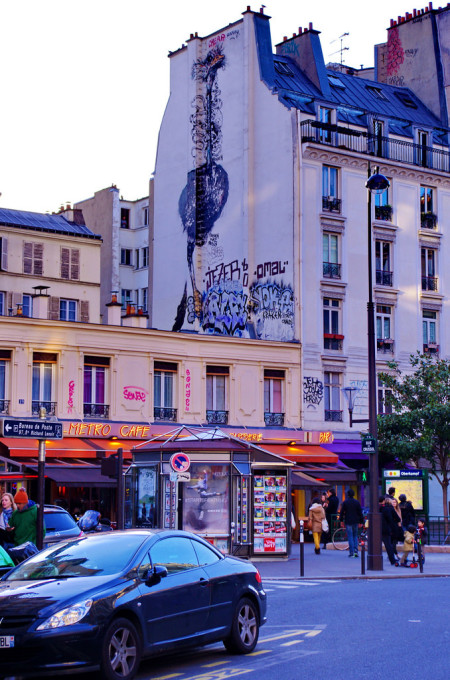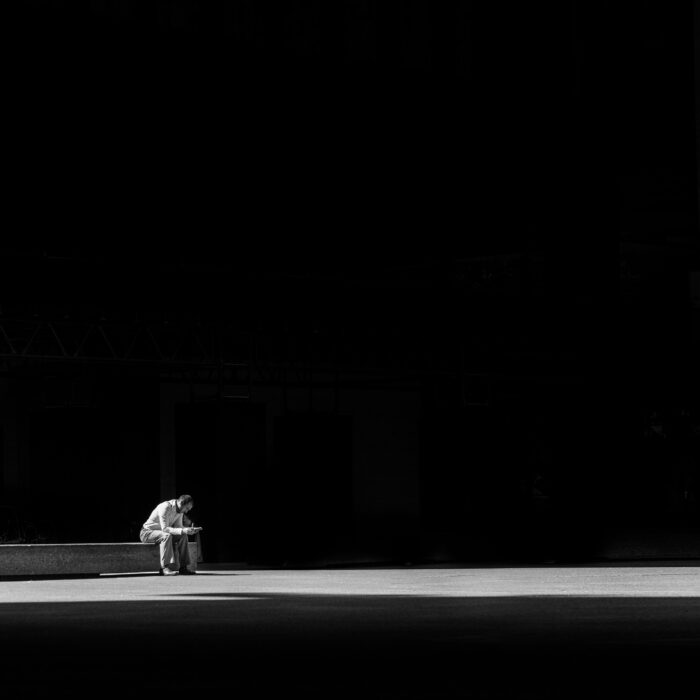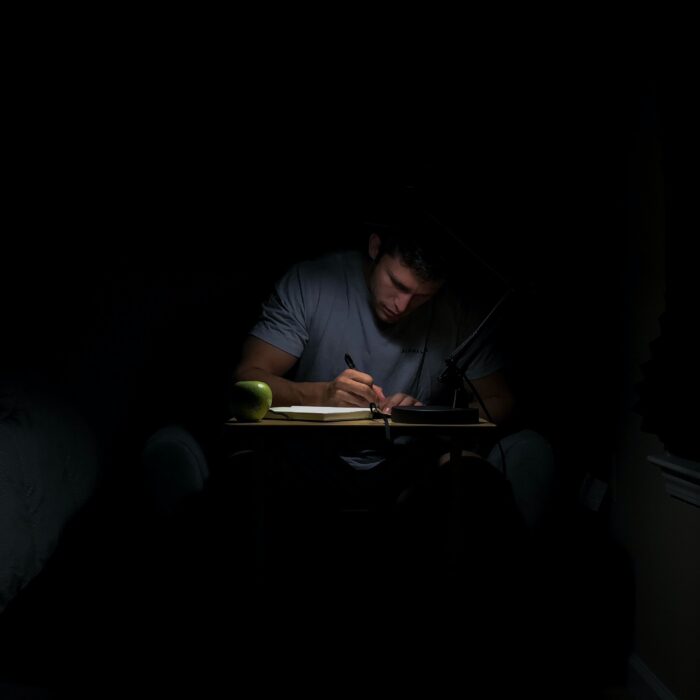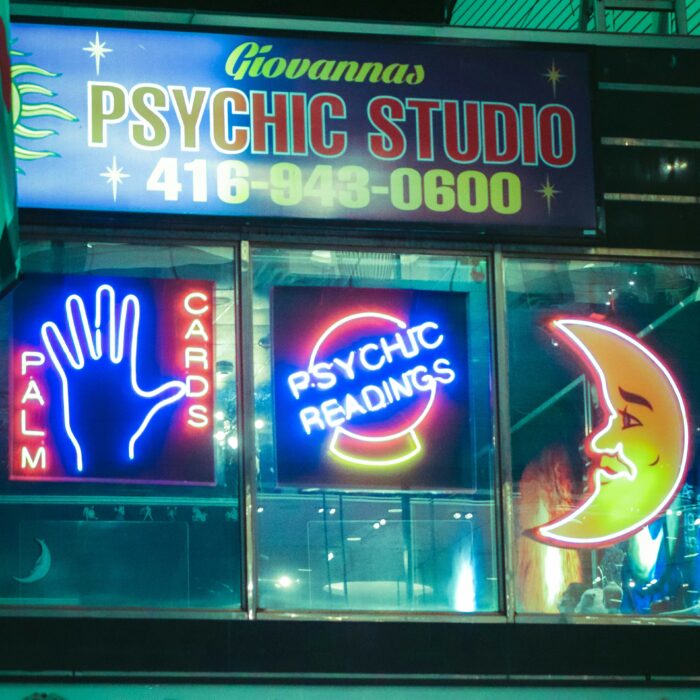You have no items in your cart. Want to get some nice things?
Go shopping
The boulevard Voltaire runs through the heart of Paris’s eleventh arrondissement, from the Place de la Nation to the Place de la République. It is a long, straight thoroughfare, lined with fast-food outlets, estate agents, banks – the day to day services of its busy inhabitants. It is typical of Eastern Paris, in that a very diverse mix of people call it home. An area once populated by the working classes, it has in recent years experienced the gentrification that accompanies climbing rents and rising property values, although there is still enough rough and tumble here, for poor immigrants housed in subsidized accommodation to rub shoulders with bearded hipsters and three-wheel pushchairs. It is also, sadly, the site of a number of terror attacks which shook Paris last November.
I have lived in the eleventh for over fifteen years and have recently started to witness the social transformation up close. My own street, Rue Sedaine, cuts across the boulevard almost halfway along, beginning behind the town hall on the Place Leon Blum and running south-west, down towards Bastille. For the last decade or so, this end of the boulevard and its surrounding streets have been almost exclusively given over to wholesale textile outlets, run by Chinese arrivals from the province of Wenzhou. Most settled here in the 1990’s, very quickly creating what many back then decried as a “zone of mono-activity”. Rue Sedaine itself is a narrow, one-way street, lined with slim, slate-roofed buildings. The last pharmacy and restaurant here closed in 2005 but in recent months, the wholesalers have started to close up shop. “For Rent” signs now replace the taffeta and black lace in windows that once attracted clients from all over Europe. Faux-glam fashion brands with names like ”Lolita” or “Happy Love” have packed up and moved on. Where I live they are being replaced by organic snack bars, cultural hang-outs and bubble tea rooms, but the Chinese, who are slowly relocating to a new, purpose-built industrial zone in outlying Aubervilliers, will surely leave their mark.
As I look out of my window, a plaque on the wall of the building opposite remembers the “Israelites Orientaux”, recruited from the neighbourhood to fight for France in the First World War. At the beginning of the last century it was Jews from Turkey and Egypt who settled here, they too setting up business in textiles, albeit in table linen and bedding, but no doubt paving the way for those who, a hundred years on, who would come from further East looking in turn for a new place to call home. The large synagogue round the corner on the rue de la Roquette, is still very active and was the site of violent clashes between Jewish and Muslim youths in August 2014, when Israel carried out its bombing campaign in Gaza. So many different populations over time have stamped their mark on this place, it is no wonder today it is one of the most vibrant, most ethnically effervescent parts of the country.
2015 did of course make the eleventh arrondissement synonymous with the attacks of January 7th and November 13th. The Bataclan concert venue sits directly on the boulevard Voltaire and each of the other sites targeted is located within a radius of just a kilometer or two. It is not for nothing that the satirical magazine Charlie Hebdo is based here, for the district has long been popular with artists, musicians and new media organisations. The inhabitants are mostly young, the average age being just thirty-eight. The population vote almost unfailingly to the left – the National Front scored only a miserable 5% here in the regional elections in December, a reassuring result in the light of all that came before.
Were the attackers aware of the irony when they chose to commit their atrocity on the Boulevard Voltaire? It is not beyond all possibility that a street named after one of the great figures of the enlightenment, should be the deliberate target of those most opposed to its principles, but it seems more likely that it was more the very openness of the place, the spirit of artistic and personal freedom that pervades its streets, that was the real red flag. In the days that followed the shootings at Charlie Hebdo, it was reported that sales of Voltaire’s “Treatise on Tolerance” written in 1763, soared, the book according to the “20 minutes” newspaper, for a time holding 65th place amongst the top 100 books sold on Amazon. It is perhaps reassuring to know that the values of free-thought, fraternity and liberty, which Voltaire defends, have at least received as much exposure through these horrendous events as those of barbarism and hate.
I walked from Nation to République on a bleak, wet Sunday in January. It was late afternoon and the sky hung low, already dark with the inky blue of evening. As I emerged from the metro, a pair of black girls giggled secretly on a bench, one sucking idly on the red braids in her hair. Nation is not a pretty spot. It is more of a large, planted roundabout than a square and on such a bleak day it was largely deserted. The boulevard Voltaire begins here, marching in two straight strides from East to West in an angular trajectory that mirrors the natural undulations of the Seine to the south.
The pavement was puddled and wet. A tiny birds’ nest huddled timidly in the naked branches of a tree, but there were few other signs of life. The insurance offices, the pharmacies were all shuttered up, closed for the weekend. A couple of boulangeries, a café and a kebab shop stood out like beacons of light on such a dreary afternoon.
It is a nondescript place for a stroll and was surprisingly quiet for one of the city’s main arteries. It was perhaps due to its very dullness, that I slipped into a daytime reverie, for it took me a while to realise that I had passed the Comptoir Voltaire, where one of the November attackers blew himself up. Although on the other side of the street, the lack of any obvious sign, – no police presence or curious onlookers – is testament perhaps to how security and public interest are now, finally, beginning to ease off.
At the crossing with the rue de Charonne, my eyes were drawn to the street sign, commemorating a very different tragedy. The junction has been named “Place du 8 février 1962” in remembrance of nine, left-wing demonstrators killed by police as they took refuge at the entrance to Charonne metro station. They had been protesting in support of Algerian independence. The event was a national scandal at the time and illustrates how tense and complex the nation’s relations with its former colonies have been. It hardly needs pointing out, that it is the lingering legacy of these relations from which many of today’s difficulties of integration stem. Should I have turned here to my left and walked for a block along the Rue de Charonne, I would have come across the Belle Equipe bistro, where nineteen people were killed last November. The attackers were French and Belgian nationals of North African descent.
A few metres further on and I was at the place Leon Blum and the district’s town hall. The square is named after the three-time Socialist Prime minister, whose statue stands at its centre. On the day I passed, his bespectacled, bronze form was largely obscured by a number of Christmas trees, decorated with red and white baubles, but Blum’s significance here outshines any glitzy decoration. Like many of the arrondissement’s pre-war inhabitants, Blum was a Jew and one who, to boot, was dedicated to improving the lot of the working class. He reformed the economy, introducing paid holiday, a forty-hour week and – perhaps one of France’s most notorious features in the worldview – the right for workers to go on strike. He was the subject of multiple anti-Semitic attacks and having opposed the Vichy government during the Second World War, was sent to Buchenwald concentration camp in 1943. He was released by the allies in 1945, but it is not as a war-time hero that Blum is celebrated. The statue portrays him as visionary observer, his hands clasping a wide-brimmed hat behind his back, his scarf and cape blowing in the wind. Beneath the bushy moustache, his face is stern and pensive, like a kindly schoolmaster. He is a father, a guide.
Crossing the square and moving on past Voltaire metro station, I came to Saint-Ambroise church, where a few years ago I acted as godmother to the daughter of friends. They are not practicing Catholics, nor are they married in fact, but they are proof of how the secular and religious habitually (and happily) coexist here, the freedom for each individual to construct and define his own spiritual and social persona, a given in this modern, liberal state. In May 2013, the country passed a law allowing “mariage pour tous” – same sex marriage. It was a surprisingly painful process the passing of this law, one which involved a number of violent and angry protests. Fervent Catholics took to the streets, revealing fiercely held conservative views, but the law passed and as the children of unmarried parents get baptized, so too does society move on, walking the path towards Voltaire’s much coveted “tolérance.”
And then suddenly, a few steps further on, I found myself outside the Bataclan Café. The tributes here were piled up high, so much so that shortly before Christmas the authorities had to gently move them to the other side of the road in an attempt at returning the pavement to its users. The flowers and candles looked all somewhat faded now, but the curious still come along to remember, to grieve. There were flags from Thailand, Korea and Brazil. Messages from local primary schools, from the Syrian community, from personal friends. Photographs, poems, paintings. It is hard to pass and not to pause, not to feel that tugging surge of sadness. Some disused furniture sat abandoned by a tree: a stool, a broken cupboard. In the fading light and wet with rain they looked like tributes of another sort, to a forgotten time, a past life. More markers of what once was, a transition to something new. For certainly something has changed here. Something lost that cannot be retrieved.
When I finally arrived at République the day was nearly done. The rain was falling heavily and anyone out was heading fast towards the metro, their heads bowed below an umbrella, or tucked away inside some hooded coat. A children’s carrousel twirled brightly on the square, no-one riding it of course, but it looked pretty, reflected in the evening rain. It is Marianne who presides here. She carries a tablet in one hand, on which are inscribed The Rights of Man and in the other, an olive branch, bravely evoking peace. She is the symbol of the French Republic and as such has been surrounded in turn by an array of mementos and tributes. “Même pas Peur” – “Not even Scared” – the central banner read. I hadn’t been there in a while. Not since the climate summit, when rows of shoes – four tons of them – were laid out in protest at the cancellation of a pro-ecology march. And I was reminded of how for a brief time it all turned nasty. It was reported that some of the November tributes were even used as missiles to throw at the police. The “Cop21” fell just two weeks after the Paris attacks, turning the city in the course of just a month, into the focal point of two major global concerns.
But it was quiet at the Place de la République that wet, January evening, the world for the time being at least, looking elsewhere. The Boulevard Voltaire stood straight and solid at my back, pockmarked by a history as rich and varied as the people that live there. Cities and places persist, they mutate and change but each new event that occurs, each new group of people who chooses to settle will leave their mark, adding new brushstrokes of colour to the vibrant and beautiful canvas I feel proud to call home.
About Jane Downs
Having grown up in the south of England, Jane went on to study Arabic at university, travelling extensively in the Middle East and North Africa before putting down roots in Paris. Her work includes short stories, poetry, reportage and radio drama. Her audio drama "Battle Cries" was produced by the Wireless Theatre Company in 2013. Her short stories and articles have been published by Pen and Brush and Minerva Rising in the US. In August 2021 she joined the Litro team as Book Review Editor, commissioning reviews of fiction translated into English. Other works can be found on her website:https://scribblatorium.wordpress.com




One comment